Billiards & Snooker balls
BILLIARDS / SNOOKER
BALLS (see Article on 'Balls'
)
Apart from the fact that we heard earlier that a certain Irish
King seemed to use Billiard Balls of brass, throughout most of the
time that the game of Billiards has existed the balls were made of
Ivory. Composition Balls are of comparatively recent
introduction.
Until the year 1830 the size of Billiard Balls used on a full
sized billiard table was 1 15/16 inches from 1830 onwards balls
measuring 2 inches diameter were generally used, although at this
time pocket openings were considerably smaller than they are today,
being generally 3 ¼ inches across the fall of the pocket.
I do not know when the present day size of ball was first
introduced, but as we all know the rules stipulate that the balls
shall be of equal size and weight, and must measure 2 1/16 inches
diameter.
The use of Ivory for making Billiard Balls during the 19th
Century created a very considerable business in the importation of
Ivory, principally through the London and Liverpool Docks, and
quoting from the Encyclopaedia Britannica the following quantities
are given as typical importations:-
In the year 1827 through the port of London - 3,000 cwt.(150
tonne)
In the year 1850 - 8,000 cwt(400 tonne), and finally in the year
1890 - nearly 15,000 cwt. (750 tonne)
From this date forwards the quantities decline rapidly, which
seems to indicate that Composition Balls were probably introduced
towards the end of the 19th Century. At any rate by 1895 the
quantity imported had declined to 11,000 cwt. (550 tonne) In 1900
less than 10,000 cwt (500 tonne), and by 1927 - 5,000 cwt. (250
tonne)
It is now known that Composition Balls were invented in 1868 by
Mr. Hyatt in the U.S.A.
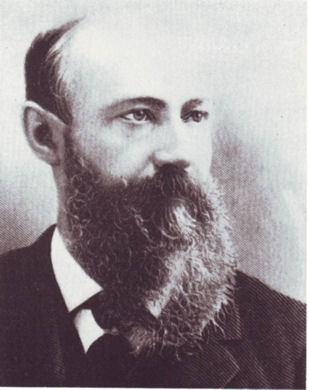
Mr. Hyatt
He set up the Albany Billiard Ball
Co.
In the year 1927 Ivory Tusks suitable for making Billiard Balls
were selling at £66.00 per cwt (approx £1.32 kilo), whilst
partially prepared Billiard Ball pieces were fetching £154.00 per
cwt. (approx £3.08 kilo)
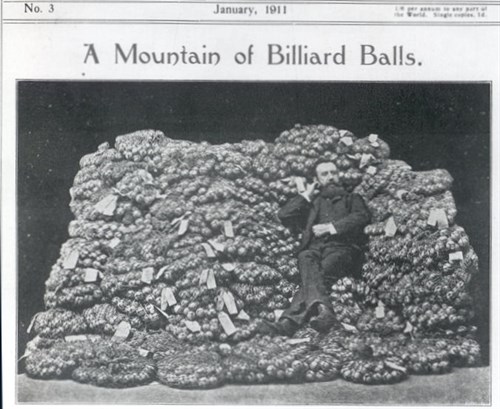
From the information I have gathered by perusing very old
catalogues published Mr Messrs. Burroughes & Watts , and by
Thurston & Co. - it seems that the best quality Ivory for
making balls was obtained from Tusks weighing between 7 and 8lbs.
Billiard Balls required the highest possible quality, and of the
varieties available described as hard or soft etc, it seems that
the soft quality was considered to be the best.
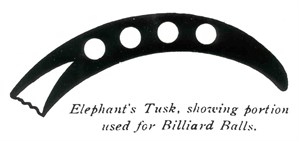
From each of these tusks not more than 4, quality, balls
could be obtained - three of which would be of top quality - one
second quality - and one third quality. Thus from the Ivory
provided by one Elephant only 2 good quality sets of Ivory Balls
could be obtained, and it would take 4 elephants to provide enough
Ivory for a set of Snooker Balls.
In 1998 the Collection had donated by Mrs. Perry a copy of the
Indetures of Apprenticeship between, the Manchester firm,
Orme & sons and her grandfather John Thomas Nuttall as an Ivory
Ball Turner. It seems that it was a reasonably well paid job and
after the seven years of apprenticeship he would be paid 18
shillings (90 pence) per week!! (see story about G W
Ellis - Ivory Turner)
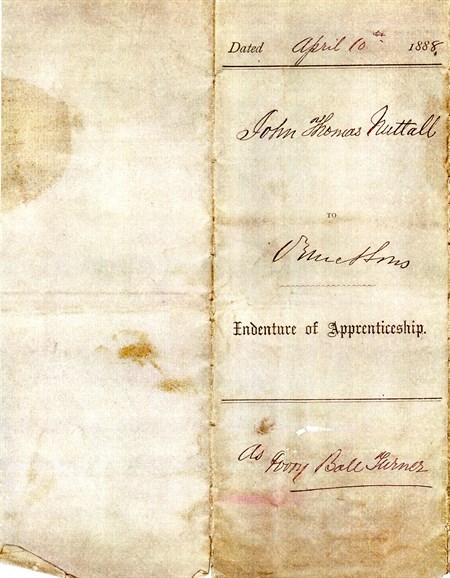
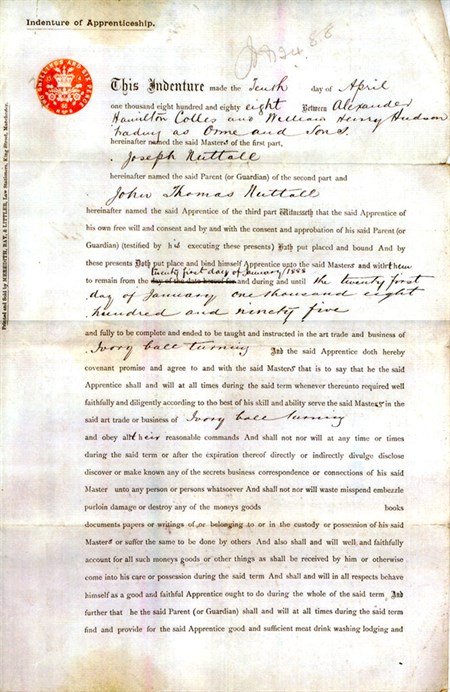
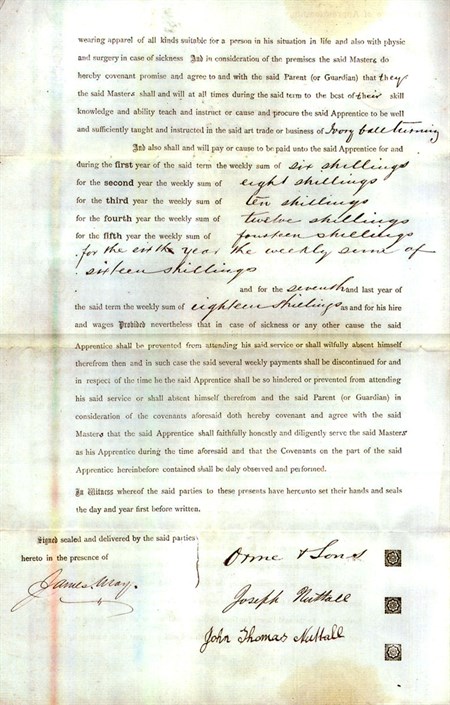
The following page from an old Thurston catalogue gives quite a
lot of information concerning ivory balls and the necessary
procedures concerning selection etc.

It is on record that some 12,000 Elephants were slaughtered each
year in order to supply Britain with Billiard Balls.
Also from an old Thurston catalogue mention of Bonzoline balls
as being 'similar' to Ivory. The page also has further information
on Ivory balls and the difficulty in obtaing them. -
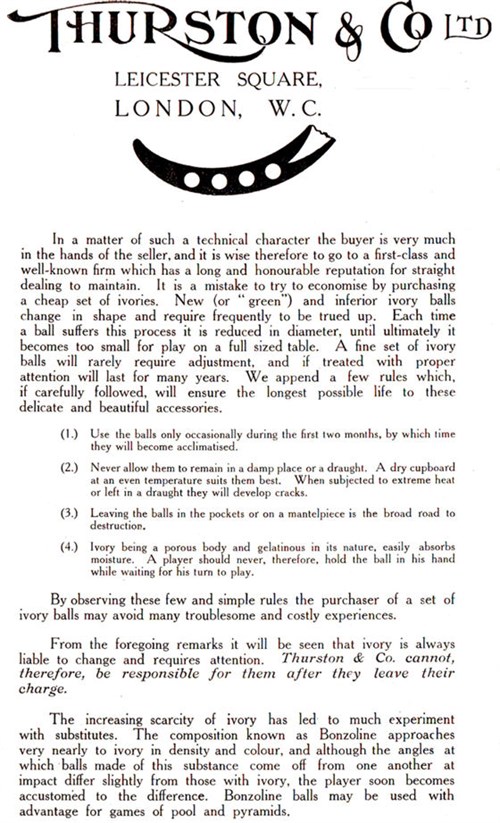
It seems that if Composition Balls had never been invented, it
would have been quite impossible to provide all the snooker balls
which are currently used. Composition Balls are one of the earliest
forms of plastic, largely based upon the material we all know as
"Celluloid".
I understand that the discovery of the process for making the
modern Composition Balls was made simultaneously by two men working
quite independently of each other - one in the United States of
America, and the other in England. At one time it seems that the
Bonzoline Composition Balls, which was of American manufacture, was
the best known and most popular, however during my time in the
Billiard Trade the British Market has been entirely taken over by
the Crystalate Ball which was of English manufacture.
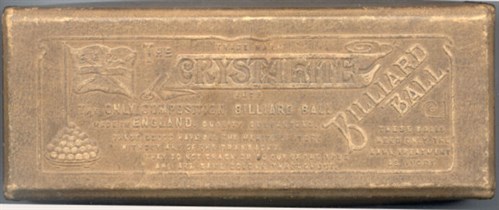
The Composition Billiard Ball Supply Company, whose
factory is at Congleton, Cheshire, now make both the Bonzoline and
the Crystalate Balls, and they are certainly a most reliable
product. A set of Composition Billiards or Snooker Balls gives very
many years satisfactory service - unlike Ivory Balls, they do not
require re-colouring, they hardly ever require re-adjusting, they
are always very much more accurate, and on top of all this, being
very much cheaper than Ivory, it was inevitable that the
Composition Ball would completely supersede the Ivory Ball. In fact
the Composition Ball had completely taken over the market by the
time I joined the Billiard Trade on leaving school in
1930.(The Composition Billiard Ball Supply Company
was sold to the Saluc Company of Belgium the manufactures of
Aramith Billiard & Snooker Balls and production was moved to
Belgium)
I have somewhere seen the date when the Composition Balls
were first used in the English Championships, but I have not been
able to find this information - no doubt it can be provided by the
Billiards Association and Control Council. (In
Norman's 'Days of Old' articles it is noted that the 1926 Amateur
Championships used composition Billiard balls and the Professional
Championships used them from 1928)
There are in fact two quite distinctly different types of
Composition Ball. The Crystalate and Bonzoline are made by what I
believe is called a "Compression Moulding" process, whilst the
other type of ball is a Cast Resin Ball, and must first of all be
roughly moulded in a glass mould - the ball being extracted from
the mould by breaking the glass away rather like taking the shell
off a boiled egg. After being cured by heating, both types of ball
must then be turned to approximate size, after which they are
finished on a centreless grinder, and finally polished.
The size of Billiard Ball used for the Continental Game is very
much larger than the English Ball, being somewhere about 2 ½"
diameter, whilst the balls used for the various games of American
Pool are 2 ¼" diameter, thus here again the equipment used in
different countries varies considerably.
© Norman Clare 1990. © E.A.
Clare & Son Ltd. 2023.
Reproduction of this article allowed only with the permission from
E.A. Clare & Son Ltd.

to contact us by phone
0151 482 2700
or
email - thurston@eaclare.co.uk
Go to top of page

